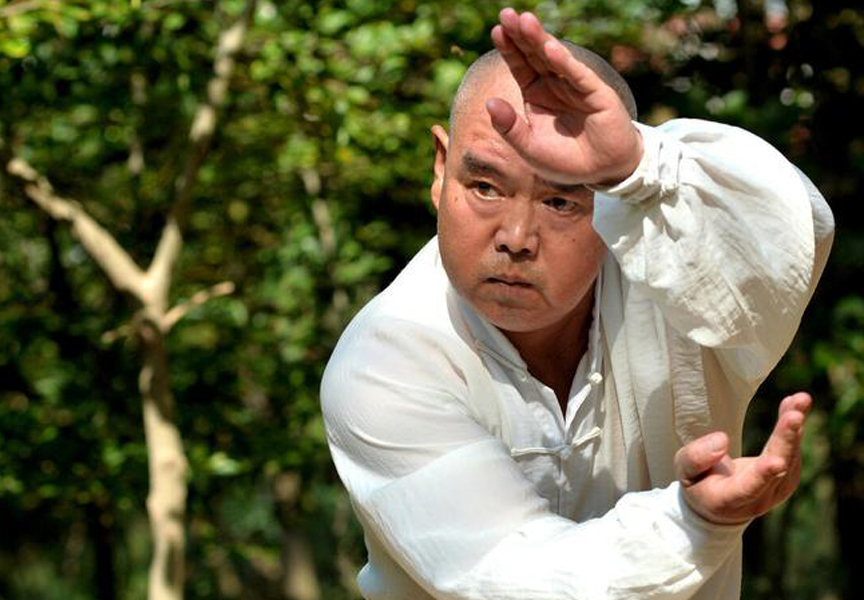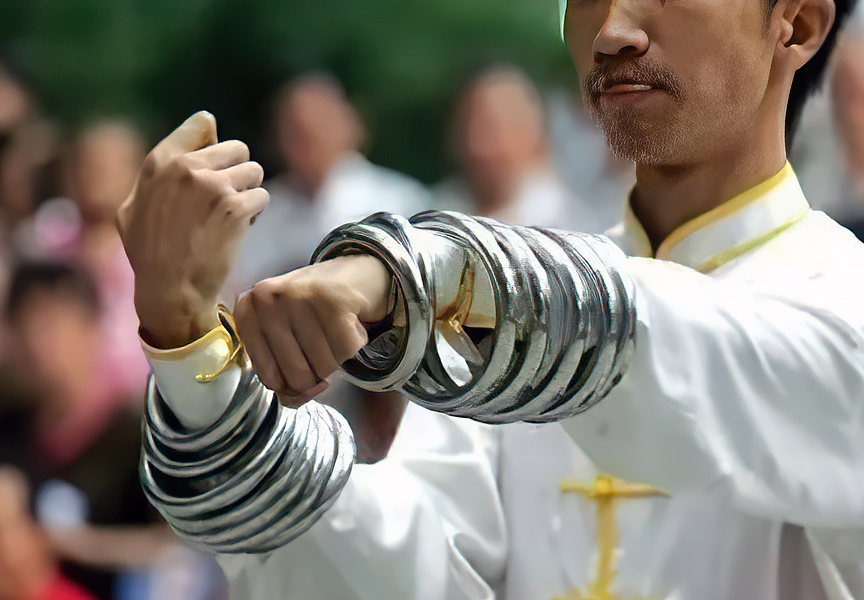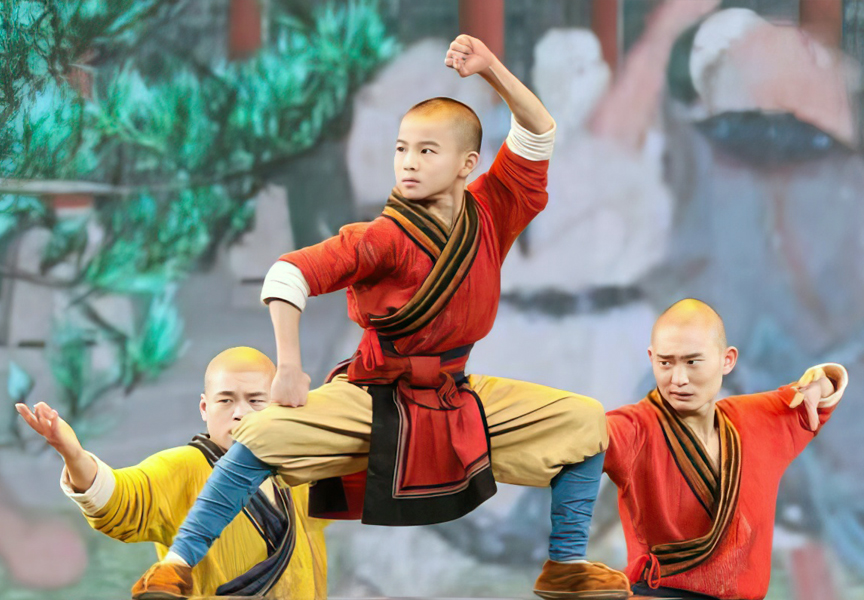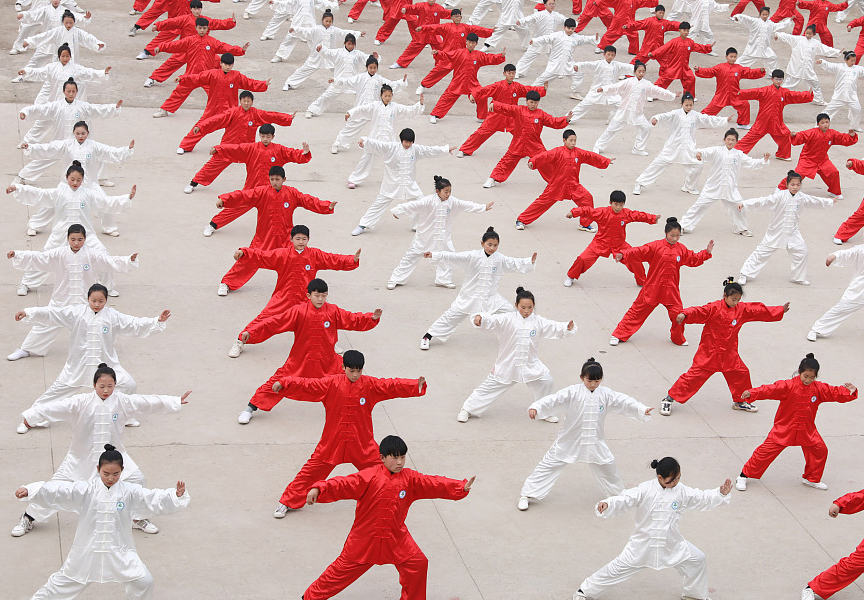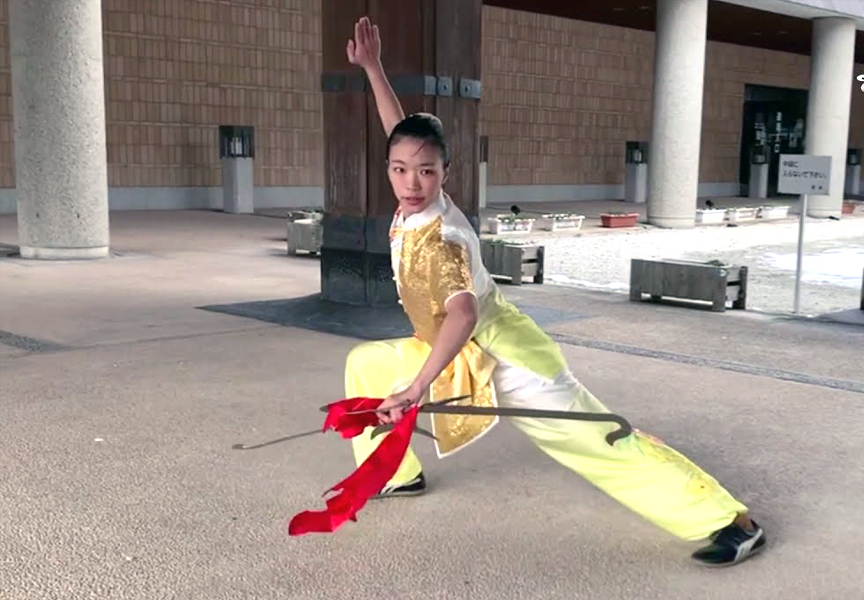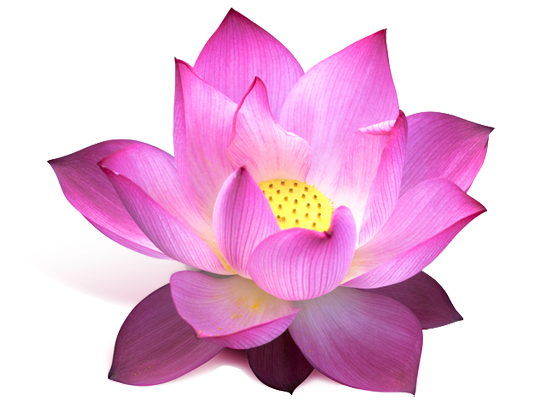Throughout human history, symbols have played a pivotal role in conveying messages of universal significance. They serve as vessels for the abstract ideas and ideologies of particular societies, often requiring an understanding of the culture from which they originate. These symbols possess a unique ability to communicate profound meanings, inviting personal interpretation without the need for lengthy written explanations. In the context of Chinese culture, symbols hold a particularly important place, offering insights into the Chinese people's relationship with the universe and the surrounding natural world.
Consider the following passage:
"In the tapestry of human existence, symbols have woven a rich narrative of universal import since time immemorial. They are the visual and conceptual embodiments of the intangible principles and beliefs of specific societies, demanding a deep familiarity with the culture they represent for true comprehension. What sets symbols apart is their capacity to articulate profound ideas, allowing each observer to glean their personal meaning without the need for protracted textual elucidation. Within the Chinese way of life, symbols assume a profound significance, offering a window into the Chinese people's profound connection with the cosmos and the natural world that envelops them.
For instance:
'
As leaves shatter the confining husk of a verdant shoot, they stretch and form a lush pool with untamed borders. From this expansive watery canvas emerges a flower, akin to a graceful woman emerging from her bath.'
The lotus flower, known as 'Lianhua' [Chin.: lián huā 蓮花] or 'Hehua' [Chin.: hé huā 荷花] in Chinese, occupies a cherished place in the hearts of the Chinese. It is seen as a symbol of nobility that thrives in purity amidst a polluted environment. The Chinese lotus encapsulates the power of creativity and purity in adverse conditions. Moreover, it stands as a representative of the seventh month of summer. Chinese poets harness the lotus's symbolism to inspire resilience in the face of adversity, urging individuals to showcase their best selves to the world, no matter the circumstances. Just as the lotus emerges from the murky depths, it brings beauty and illumination from darkness.
Another layer of symbolism associated with the Chinese lotus arises from the observation that its stem is pliant, bending easily yet nearly impossible to break due to its robust helical fibers. Poets employ this property to symbolize the unbreakable bond between lovers or family members, underscoring that physical distance cannot truly sever emotional ties.
In Buddhism, the lotus flower assumes a role as a symbol of faith. The golden lotus, associated with Buddhist sutras, embodies two layers of meaning. One signifies the attainment of enlightenment, while the other alludes to a real flower beyond the ordinary human perception. It also represents the complete purification of the body, speech, and mind, with the blossoming of moral acts leading to blissful liberation.
In the Mahayana tradition, the lotus flower epitomizes rebirth, perfection, youth, and immortality. It holds sacred status in Buddhism. A closed lotus flower denotes the potential of the future. The number of petals alters the symbolism, with eight petals signifying cosmic harmony. In the Chan Buddhism tradition [Chin.: chán zōng 禪宗], the lotus fruit, flower, and stem symbolize the past, present, and future. The blue lotus flower [Chin.: qīng lián huā 青蓮花] represents purity and modesty.
The significance of the lotus flower in Buddhist culture is extraordinary, necessitating thorough and intensive exploration to unveil the profound layers of meaning it embodies. The lotus flower's inherent characteristics manifest in metaphorical interpretations and conveyance within Buddhist teachings.
This flower is a testament to nature's innate elegance. Its vibrant colors and alluring fragrance make it a visual and olfactory delight. It thrives in cool, clean waters, emerging untainted from the muddy depths. It remains unsullied by the earth and untouched by water, its elegant bloom adorning the water's surface and enhancing the entire lake's beauty. The lotus flower dances upon the water, gracefully rising and falling in harmony with the ever-shifting currents.
Within the tapestry of Buddhist cosmology, the lotus stands as the first flower to blossom at the inception of the cosmic world. In the 'Badra Kalpa' [Chin.: xián jié 賢劫, σανσκ.: bhadra-kalpa भद्र कल्प] of this century, it prophesies the Enlightenment of the Five Buddhas in the human realm, an event of unparalleled significance for Buddhism.
Of all the flowers, [Buddha] chose the lotus flower to symbolize the Lotus Sutra. There's a reason for it... The efficacy of all other sutras remains uncertain, for they teach that one must first sow virtuous seeds to someday attain Buddhahood. Yet, when it comes to the Lotus Sutra, the mere touch of its pages confers immediate Enlightenment, and its melodies sung aloud transform the very mouth into a Buddha.
From "Texts of Master Nichiren, p. 1099," [Chin .: rìlián dà shèngrén 日蓮 大 聖人, Jap .: nichirendaishōnin 日 蓮 大 聖人, 1222-1282].
Excerpt from the Book
«Symbols of the Chinese tradition»
ISBN: 960-90552-3-0
With permission of the Author
